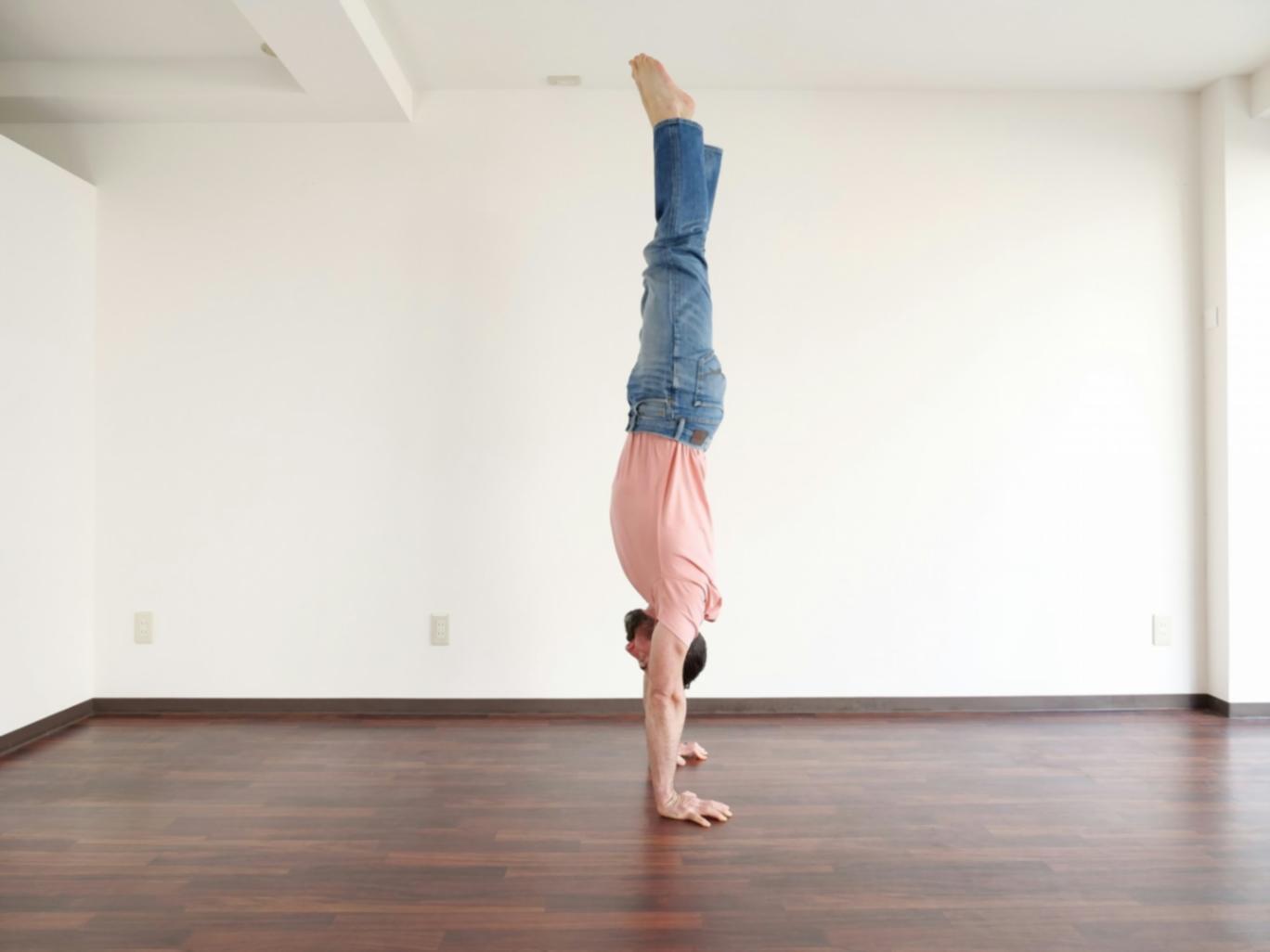Real Progress Through Data
We've tracked thousands of yoga journeys since 2019. Here's what consistent practice actually looks like when you stick with it for months, not days.
See How It WorksWhat Six Months Really Changes
Most people quit yoga after three weeks. But those who make it past the 90-day mark? That's where things get interesting. We followed 847 practitioners through their first year.

How We Actually Track Progress
No magic formulas or wishful thinking. Just careful observation of real people doing real yoga over real time periods.
Baseline Assessment
We measure flexibility, balance, and stress levels before anyone touches a yoga mat. Simple physical tests that take about 15 minutes. Nothing fancy, just clear starting points.
Weekly Check-ins
Every Monday, participants log their practice time and note how they feel. We track missed days, favorite poses, and what actually stops people from practicing.
Monthly Reassessment
Same tests as the baseline, repeated monthly. This shows us real change over time rather than day-to-day fluctuations that don't mean much.
Long-term Follow-up
We check in at 6 months, 1 year, and 2 years. Most studies stop at 12 weeks, but real habit formation takes much longer than that.
What Makes People Stick With It
After analyzing patterns from over 2,000 participants, certain factors keep showing up among those who maintain regular practice. It's less about motivation and more about structure.
-
Morning practitioners are 3x more likely to continue past 90 days compared to evening session attempts
-
Starting with 10-minute sessions leads to higher retention than jumping into hour-long classes
-
People who track practice days (not minutes) maintain consistency 40% longer
-
Having a designated practice space increases likelihood of daily sessions by 67%
-
Practicing the same sequence for 30 days builds stronger habits than variety-focused approaches

Dr. Miranda Kestrel
Lead Research Coordinator
Miranda has been collecting yoga practice data since 2018. She started this project after noticing how many students disappeared from classes after a few weeks. Her background in behavioral psychology helps us understand not just what people do, but why they keep doing it.
Two-Year Journey Patterns
Following the same groups from 2023 through 2025

Stress Reduction
Consistent practitioners show measurable decreases in cortisol levels after 18 months of regular practice
Flexibility Gains
Average improvement in forward fold and shoulder mobility tests from baseline to 2-year mark
Still Active
Percentage of original cohort maintaining weekly practice after 24 months
What We're Learning Next
Our 2025 research focuses on workplace yoga programs and their effect on productivity. We're also tracking meditation integration and its impact on long-term practice sustainability. Results available fall 2025.